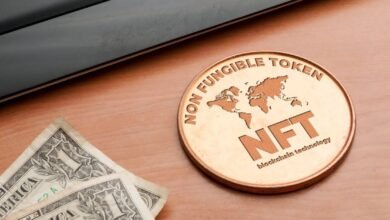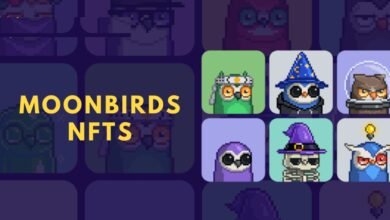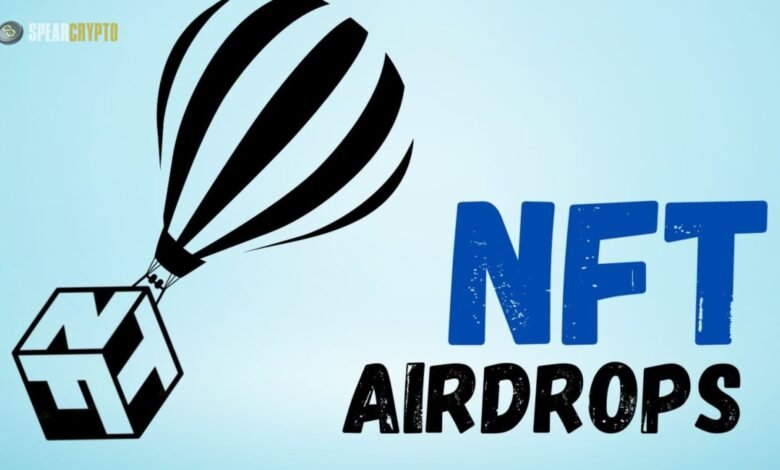
In recent years, the Non-Fungible Token (NFT) ecosystem has expanded unprecedentedly, changing how people think about digital creation, value, and ownership. A crucial idea among the new methods of distributing NFTs, “NFT airdrops,” enables a community-driven strategy for promoting, rewarding, and encouraging people inside the blockchain ecosystem. The essay dives deep into NFT airdrops, covering their relevance, mechanics, advantages, disadvantages, and future possibilities.
An NFT airdrop is a process by which NFTs are distributed to users’ cryptocurrency wallets for free or in exchange for specific actions. Unlike typical purchases where users buy NFTs on marketplaces like OpenSea or Rarible, an airdrop allows individuals to receive NFTs as rewards for engagement, participation, or holding certain assets. NFT airdrops can be executed for various reasons, including marketing campaigns, rewarding loyal holders, or introducing new projects to a broader audience.
Airdrops in the cryptocurrency space are not a new concept. Traditional token airdrops have been used to distribute fungible cryptocurrencies, like Ethereum or Bitcoin-based tokens. Still, NFT airdrops provide a unique spin by distributing non-fungible digital assets with specific, often artistic, or collectible value.
Types of NFT Airdrops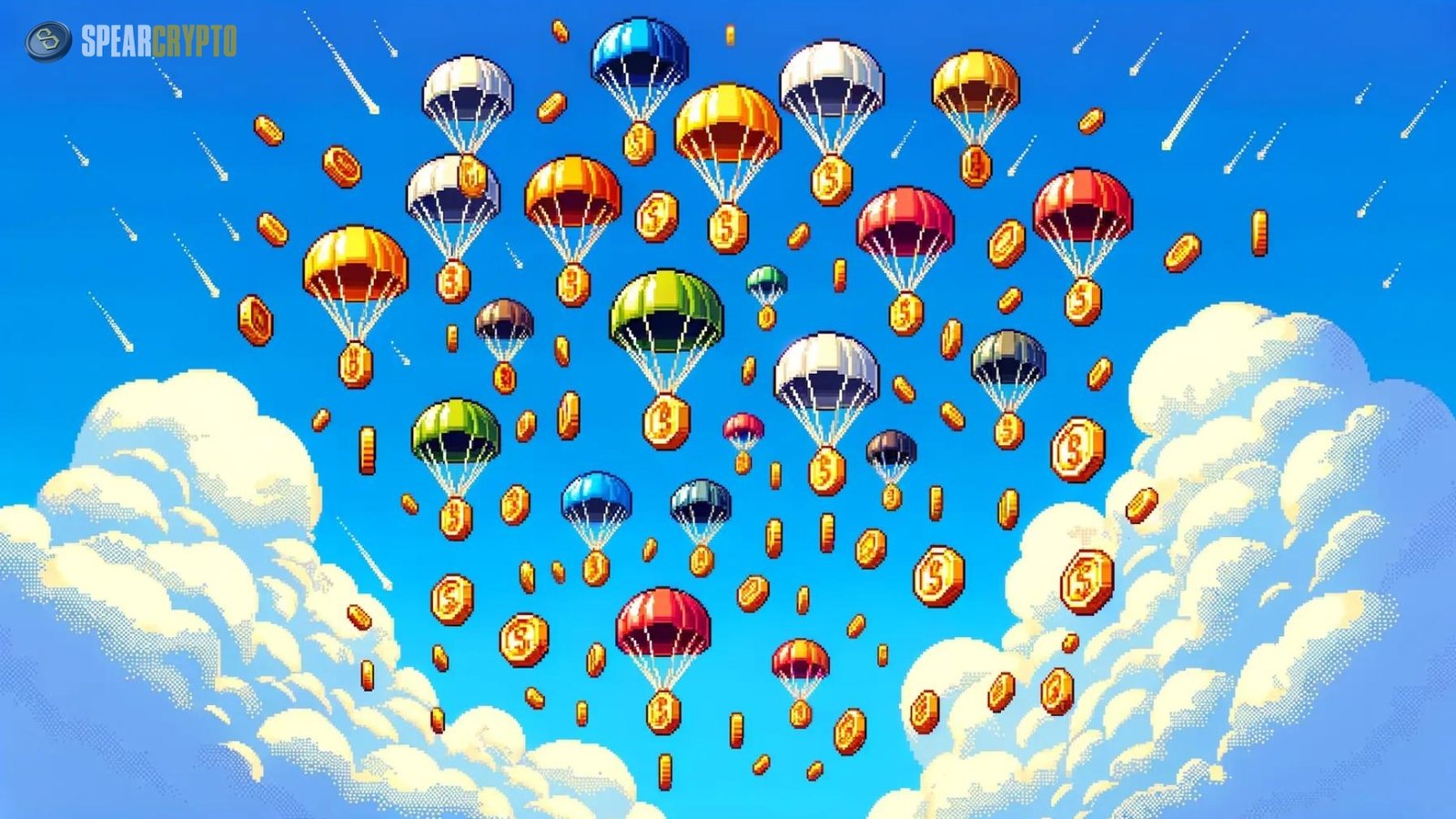
There are several types of NFT airdrops, each with its rules, requirements, and objectives. The most common include:
- Standard Airdrop: This is a straightforward distribution where a project airdrops NFTs to a list of pre-selected wallet addresses. This method requires minimal action from users.
- Exclusive Airdrop: In this case, the NFTs are sent to a specific group of people, often loyal project supporters or those who meet specific criteria, such as holding a particular token or participating in a previous event.
- Holder Airdrop: Some NFT projects airdrop NFTs to individuals holding others from the same collection or project. For instance, the Bored Ape Yacht Club (BAYC) rewarded its holders by airdropping Mutant Apes, encouraging loyalty and continued engagement.
- Staking Airdrop: This airdrop rewards users for staking their cryptocurrency or tokens. In exchange for staking, they receive NFTs that might offer additional utility, such as governance rights or access to exclusive content.
- Participation Airdrop: These airdrops reward users for performing specific tasks such as following social media accounts, sharing content, joining Discord groups, or participating in events.
The Importance of NFT Airdrops
NFT airdrops have become a valuable tool for projects looking to grow their user base, reward loyalty, and create buzz around new releases. Here are some of the key reasons why airdrops have gained such importance:
Community Building
The goal of many NFT projects is to foster active and strong communities. Airdrops are a great method to support these communities by giving users something they can put their hands on. When executed well, airdrops can increase engagement and participation by creating community and belonging among members.
For example, airdrops can strengthen the emotional connection between a project and its early adopters by providing them with uncommon or valuable NFTs. You might think of these tokens as digital badges showing their importance to the community.
Marketing and Promotion
Airdrops are a great way to promote your business. Projects can increase social media buzz and build anticipation for future releases by providing NFTs to users. When content creators and influencers get airdropped NFTs, they usually tell their audience about it, which makes the project more visible. Further project promotion across other platforms occurs when airdrop criteria include following social media outlets or sharing content. Airdrops are a great way for new NFT projects to get traction before launching in a competitive market.
Loyalty and Rewards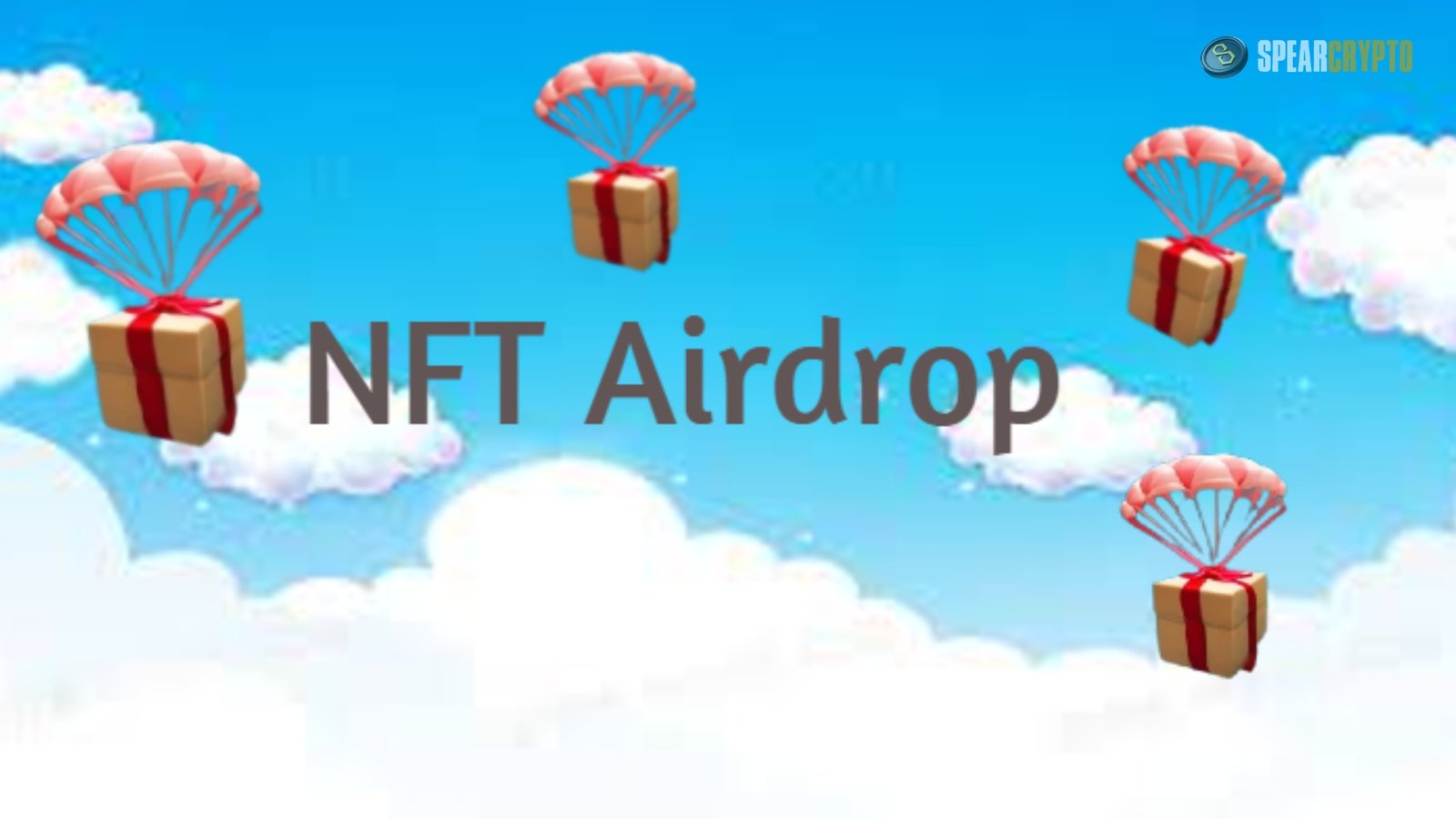
Loyal community members, investors, and token holders are often rewarded through NFT airdrops. This sort of airdrop shows that the project appreciates its early backers, which can foster lasting ties. Projects inspire continuous participation and backing by awarding users with unique NFTs.
For certain projects, airdrops are a way to provide NFT holders early access to upcoming releases, events, or special advantages. Participants feel more connected to the project and its community because of this exclusivity, which increases their loyalty and pride.
Incentivizing Participation
Airdrops are often tied to specific actions that projects want users to take, such as joining a Discord group, signing up for newsletters, or engaging in a community event. Projects can drive user participation in their platforms or ecosystems by offering NFTs as incentives. The promise of a unique NFT often motivates users to complete the required tasks, ultimately driving growth and interaction.
For instance, participation airdrops have become common during NFT pre-sale events, where users who complete certain tasks, such as joining waitlists, are rewarded with exclusive digital assets that can later be appreciated.
How NFT Airdrops Work
The process of conducting an NFT airdrop generally follows a few key steps:
Identifying Eligible Recipients
Before distributing NFTs, the project needs to define the eligibility criteria. This could include holding certain cryptocurrencies, owning specific NFTs, or participating in community events. Some projects use snapshot mechanisms, which capture all eligible wallet addresses at a specific date and time.
Creating and Minting NFTs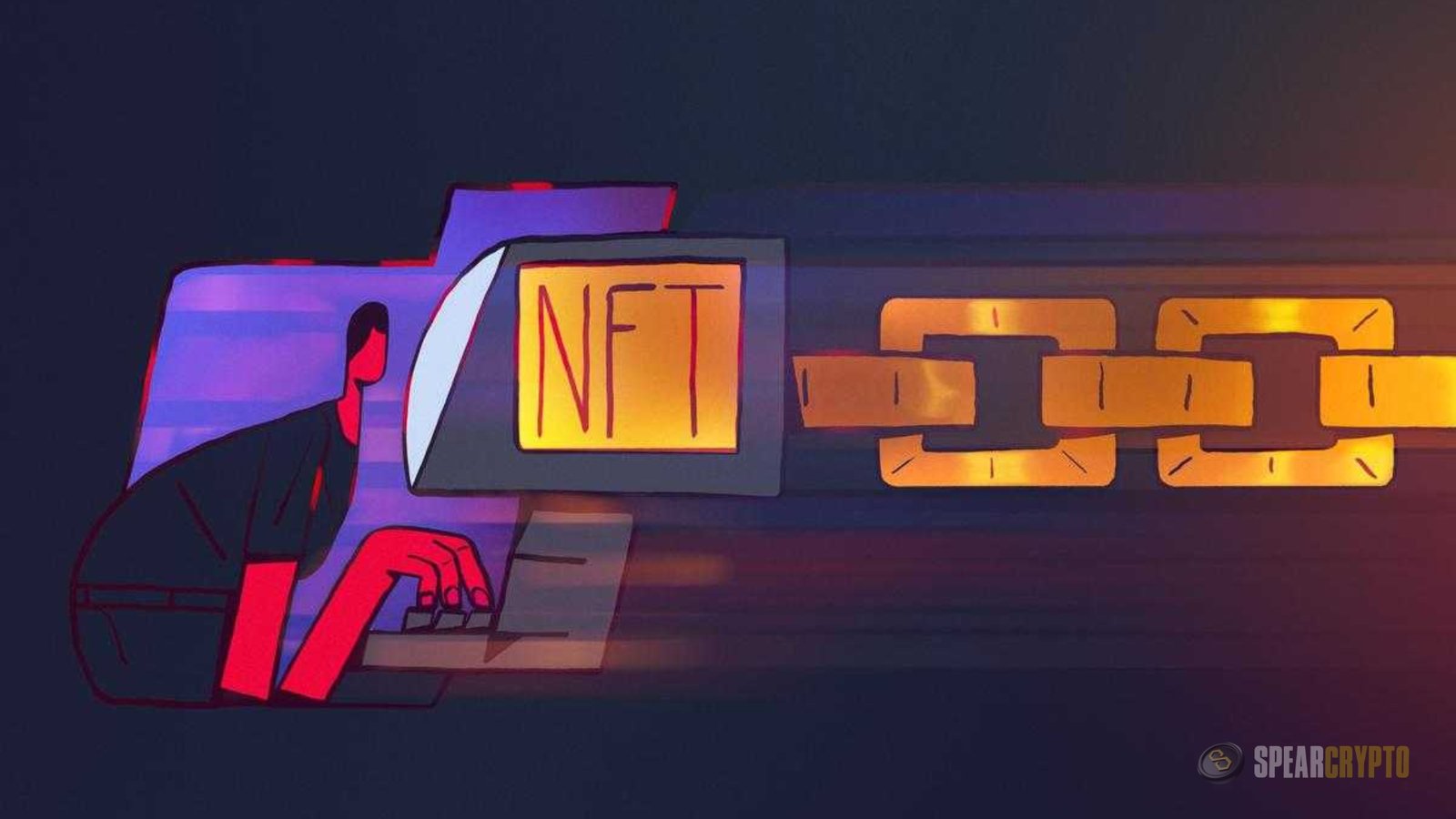
Once the eligible recipients are identified, the project must create or mint the NFTs. This involves uploading digital assets (such as artwork, music, or video) to a blockchain platform, usually on Ethereum or other NFT-friendly blockchains like Solana or Polygon.
Distribution
After the NFTs are minted, they are distributed to the recipients’ wallets. This can happen automatically through smart contracts, ensuring the process is transparent and efficient. Depending on the blockchain and the complexity of the airdrop, distribution fees (gas fees) might be involved.
Claiming the NFTs
In some cases, recipients need to claim their NFTs by performing certain actions, such as connecting their wallets to a project’s website. This additional step can be a marketing tool, drawing users to the project’s platform or website.
Secondary Market and Trading
After receiving the airdropped NFTs, recipients can choose to keep, sell, or trade them on secondary NFT marketplaces. In many cases, these airdropped NFTs gain value over time, especially if the project gains significant traction or becomes a cultural phenomenon, such as BAYC or CryptoPunks.
Challenges and Risks of NFT Airdrops
While NFT airdrops can provide substantial benefits to both projects and users, they are not without challenges and risks:
Spam and Over-Saturation
One of the downsides of the growing popularity of airdrops is the rise of spam airdrops. Some projects airdrop low-quality NFTs to users en masse without consent, cluttering their wallets. This can overwhelm users and dilute the perceived value of NFT airdrops. Moreover, the sheer volume of new airdrop campaigns can create over-saturation in the market, making it harder for genuinely valuable airdrops to stand out.
Gas Fees
NFT airdrops on Ethereum can be costly due to gas prices. High network activity can raise gas fees, making NFT distribution expensive. Projects that don’t account for these expenditures may have fiscal issues and charge excessive fees to claim dropping NFTs.
Legal and Regulatory Uncertainty
The legal landscape for NFTs, cryptocurrencies, and airdrops is still evolving. Different jurisdictions have different rules regarding the distribution of digital assets, and there is uncertainty surrounding the classification of NFTs in regulatory frameworks. Some countries could consider airdrops taxable, meaning recipients might owe taxes on the airdropped NFTs even if they haven’t sold them.
Scams and Phishing
Scammers have taken advantage of the excitement around NFT airdrops by creating phishing schemes designed to steal users’ private keys or wallet information. Users must be vigilant and avoid connecting their wallets to unknown platforms or claiming airdrops from suspicious sources.
The Future of NFT Airdrops
As the NFT ecosystem grows and matures, airdrops are likely to become more sophisticated and valuable. Several trends point to an exciting future for NFT airdrops:
Utility and Functionality
Future airdrops will likely focus more on utility and functionality, with NFTs offering access to exclusive content, events, or governance rights within decentralized organizations (DAOs). Airdropped NFTs may evolve beyond mere collectibles, providing holders real-world benefits or influencing decisions within the project ecosystem.
Cross-Platform Airdrops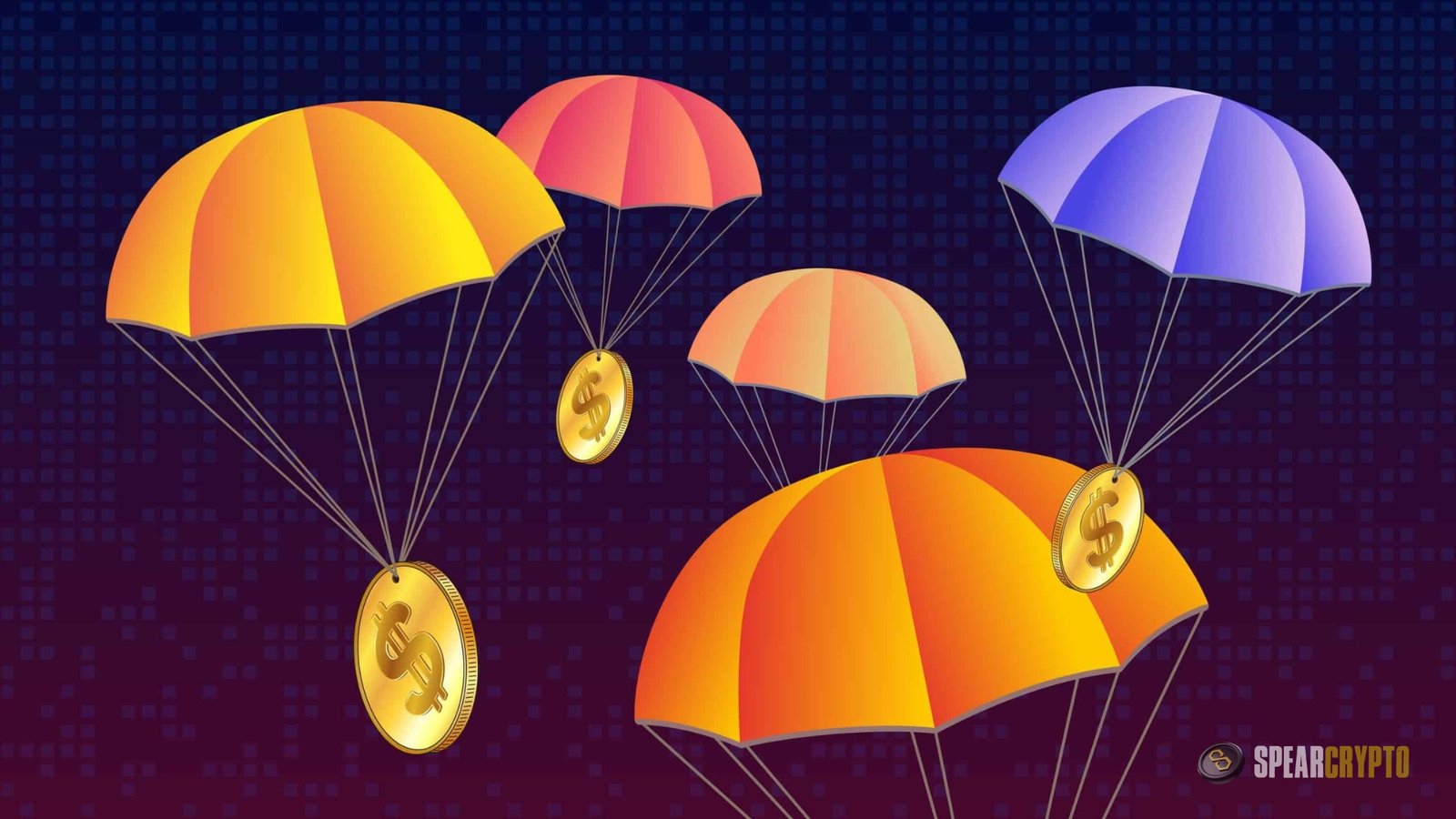
As interoperability between blockchains improves, NFT airdrops could become cross-platform, allowing users from multiple blockchain ecosystems to receive rewards. Projects might reward participants across Ethereum, Solana, Polygon, and other networks, increasing the reach of their airdrop campaigns.
Metaverse Integration
The rise of the metaverse is another factor that could shape the future of NFT airdrops. As more projects integrate into virtual worlds, airdropped NFTs could grant holders special privileges within these digital environments, such as access to exclusive virtual spaces, items, or experiences.
Enhanced Personalization
As AI and machine learning integrate into blockchain technology, we could see more personalized airdrops based on user’s behavior, preferences, and past activity. This targeted approach would allow projects to offer highly relevant NFTs to users, improving engagement and loyalty.
Regulatory Clarity
As governments and regulators clarify the legal status of NFTs and airdrops, the process could become more streamlined and secure for both projects and recipients. Regulatory frameworks could help protect users from scams and ensure fair distribution practices.
Conclusion
In the ever-changing blockchain landscape, NFT airdrops are useful for projects and users alike. Their novel approach to decentralizing asset distribution, loyalty rewards, and ecosystem engagement incentives is revolutionary. Despite all the dangers and difficulties, NFT airdrops have a promising future full of possibilities for enhanced utility, integration across platforms, and metaverse experiences. With the NFT market still growing, airdrops will be an important way to build communities, generate excitement, and contribute to the expanding realm of digital ownership.
[sp_easyaccordion id=”3030″]

